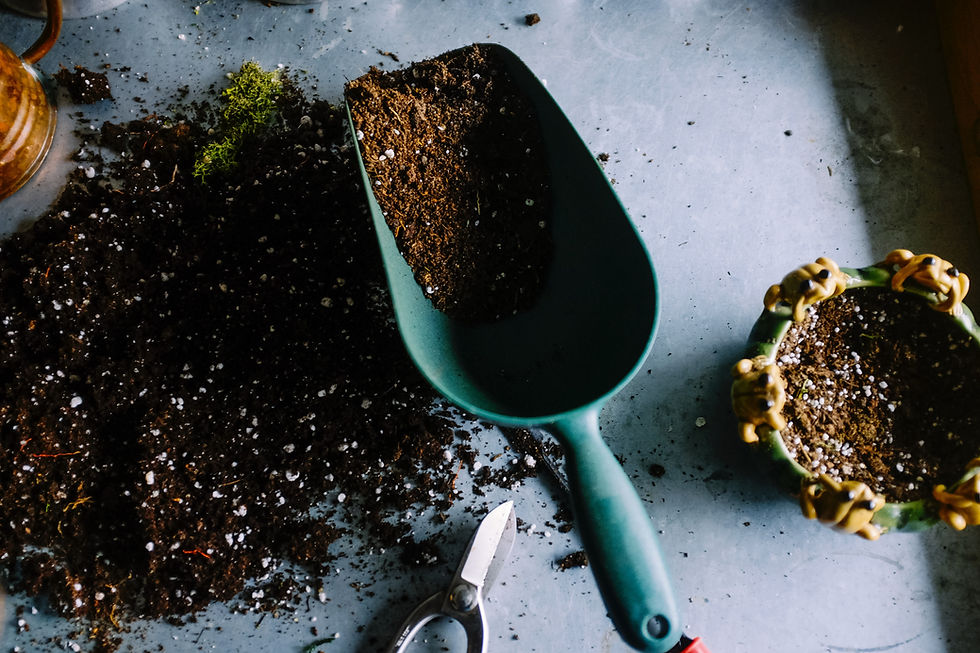Ensuring the quality of compost is crucial for gardeners and farmers who rely on this organic matter to enrich their soil and support plant growth. High-quality compost can provide numerous benefits, including improved soil structure, increased nutrient content, and enhanced microbial activity. However, poor-quality compost may introduce weeds, diseases, or imbalances in soil nutrients. This guide outlines practical methods for testing the quality of your compost, helping you ensure it's ready and safe to use in your garden or farm.

1. Visual Inspection
Appearance: Good compost should have a dark, crumbly texture and be free of recognizable food or plant materials.
Smell: It should have a pleasant, earthy odor. Any foul smells may indicate anaerobic decomposition or that the compost is not fully decomposed.
2. Temperature Test
Method: Insert a compost thermometer into the center of your pile. A finished compost pile should be at or just above ambient outdoor temperature.
Interpretation: If the compost is significantly warmer than the surrounding environment, it may still be actively decomposing. Allow it more time to mature.
3. Germination Test
Procedure: Plant a few seeds (such as lettuce or radishes) in a pot filled with your compost. Water the seeds and place the pot in a suitable growing environment.
Evaluation: High-quality compost should support healthy seed germination and seedling growth. Poor germination or stunted growth could indicate issues with compost maturity or nutrient imbalances.
4. Solubility Test
Technique: Mix a portion of compost with water, let it settle, and observe the clarity of the water.
Outcome: Water with excessive cloudiness might suggest the presence of soluble salts, which can be harmful to plants in high concentrations.
5. Weed Seed Presence
Method: Observe the compost and any newly applied areas for unexpected weed growth.
Analysis: The presence of significant weeds can indicate that the composting process did not reach high enough temperatures to kill weed seeds, suggesting poor-quality compost.
6. pH Testing
Process: Use a pH test kit or meter to measure the pH level of your compost.
Results Interpretation: Ideal compost pH levels should range between 6.0 and 7.5 for most plants. Extremes outside of this range might require adjustments before use.
7. Nutrient Content Analysis
Approach: For precise nutrient management, consider sending a sample of your compost to a laboratory for analysis. They can provide detailed information on nutrient content (N-P-K) and any heavy metal presence.
Application: This information can help tailor compost application to specific crop needs and avoid potential soil nutrient imbalances.
8. Maturity Tests
Indicator: Mature compost will not reheat when moistened and turned. Additionally, it should not have any ammonia-like smells, indicating that nitrogen content is stable.
Verification: Laboratory tests can also assess compost maturity through carbon-to-nitrogen ratio analysis and other indicators of stability.
Conclusion
Testing the quality of your compost is a step that should not be overlooked. By conducting these simple tests, gardeners and farmers can ensure their compost is beneficial, not detrimental, to their plants and soil. High-quality compost is a valuable resource for any growing operation, contributing to soil health, plant nutrition, and sustainable gardening and farming practices.


Comments